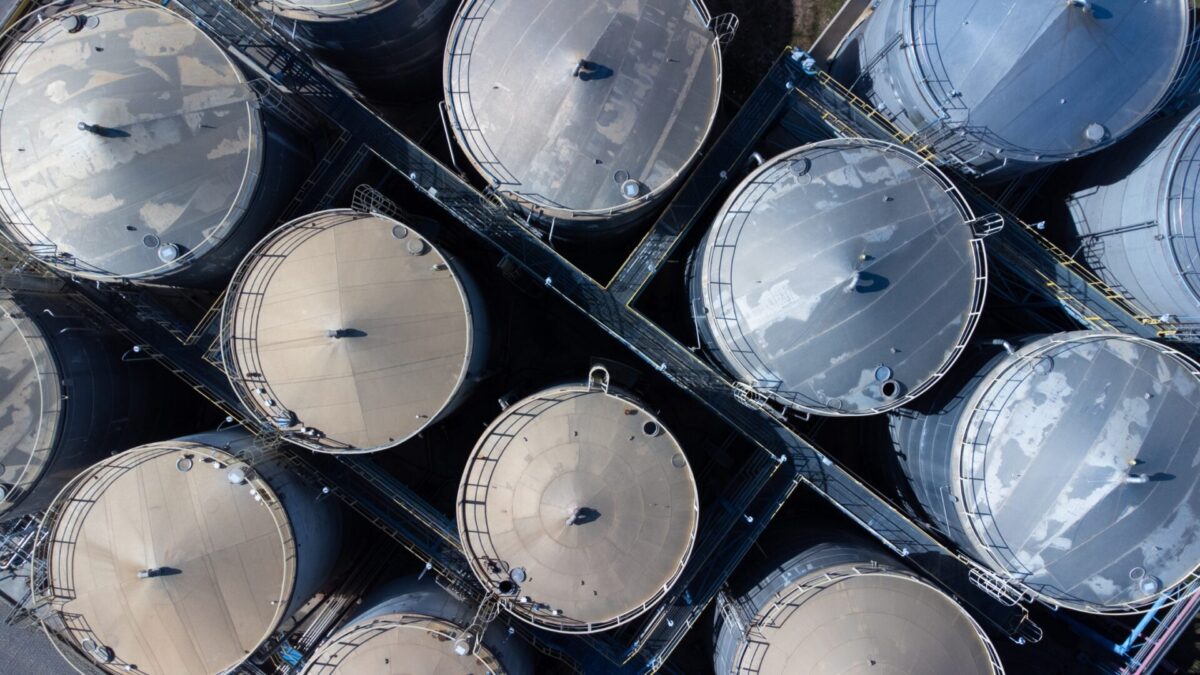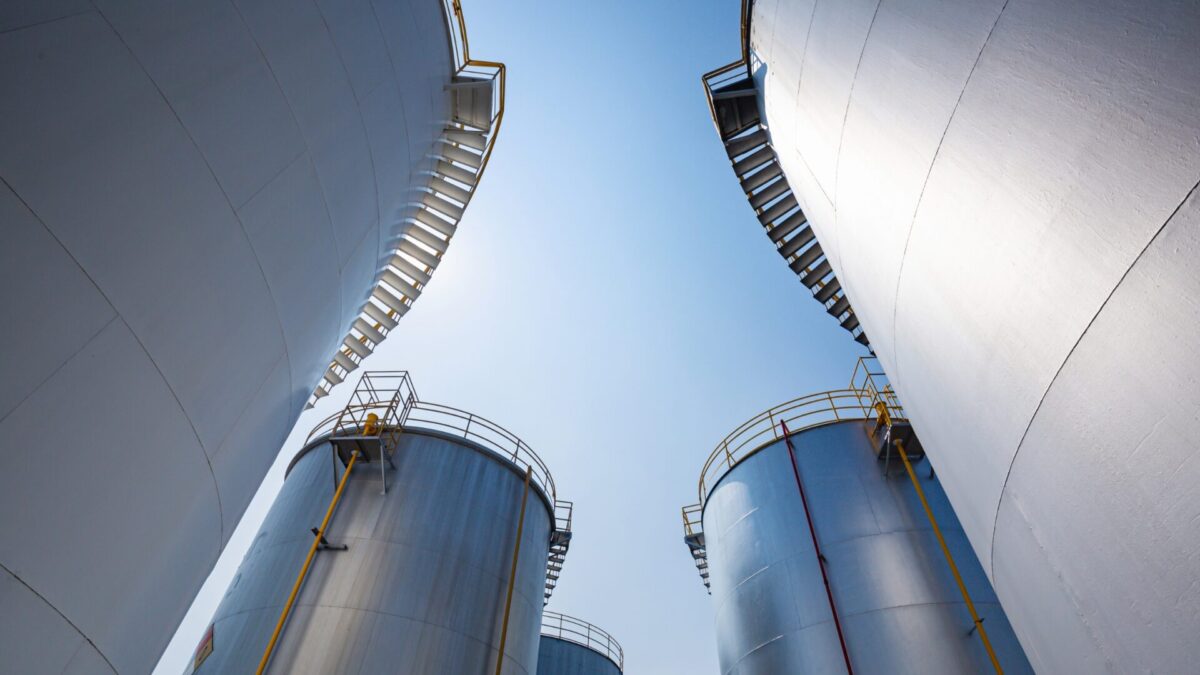Posted on 25/09/2024

If history has taught us anything, it’s that chemicals can have disastrous effects when they are not stored or managed correctly. From the safety of individuals to long-term damage to the ecosystem, those working with chemicals need to know the importance of correct chemical storage.
Continue reading to learn the importance of storing chemicals correctly, with insights from leading manufacturers at CSG Composites.
Understanding the Risks of Hazardous Chemicals
Hazardous chemicals can pose serious risks to people, the environment, and property. The risks associated with hazardous chemicals can have long-term impacts, so it’s important to understand how these dangers occur and what can be done to prevent them. One of the most effective ways to reduce these risks is proper chemical storage. Here’s why correct storage matters:
- Prevents spills
- Avoids spoiling
- Separates incompatible substances, avoiding chemical reactions i.e. fire, explosions, poisonous gases
- Prevents contamination
- Prevents toxic exposures
- Protects individuals
3 Factors of Hazardous Chemical Storage
When storing hazardous chemicals, it’s essential to consider these three key factors to ensure proper handling, minimise risks, and maintain compliance with regulations:
Product life
Storing hazardous chemicals correctly preserves their quality and ensures they remain effective. Many chemicals have long shelf lives, but improper storage can cause spoilage, leading to environmental waste, reduced potency, and unsafe products. These issues can result in significant financial losses and potential health and safety hazards.
Think of chemicals like perishable food; if not stored safely, they can cause serious problems. Chemicals must be stored according to the manufacturer’s instructions to maintain stability and minimise risks associated with hazardous atmospheres or chemical reactions.
Safety
The storage and handling of hazardous chemicals come with safety risks to both individuals and the surrounding environment. Properly securing chemical containers and ensuring safe storage systems are essential to avoid leaks, spills, or other hazards. Overlooked issues, such as incompatible chemicals or even improper labelling, can lead to severe chemical hazards, while exposure to hazardous chemicals has the potential to cause short- and long-term health issues, from burns to chronic respiratory conditions.
Adhering to control measures, such as using chemical storage cabinets and flammable liquid containers and ensuring natural ventilation, helps mitigate risks and keeps chemicals stored safely.
Environment
Often, when chemicals are processed and stored on a large scale, there is an increased risk of them entering the environment and causing contamination. Although we have rules and regulations in place for how our chemicals are stored, accidents still happen.
Once chemicals have been exposed to the environment, it becomes very difficult to remove them. The most common example of this is soil being contaminated, and over time, it mixes in with the drinking water of humans, flora and fauna.
By focusing on product life, safety, and environmental considerations, you can safely store hazardous chemicals, reduce risks associated with chemical hazards, and protect both people and the environment. Proper chemical handling systems, risk assessments, and adherence to Australian standards are essential for compliance and safe practices.

7 Things You Can Do to Ensure Safe Handling of Chemicals
The importance of correct storage lies within human intervention; there are a few important things to consider when storing hazardous substances:
- Ensure correct signage is displayed,
- Supply personal protective equipment (PPE),
- Ensure facilities are up to code, such as well-designed racking, emergency wash stations and securing chemicals from unauthorised access,
- Cleaning, spill-kits and fire-fighting equipment are readily and easily accessible,
- Personnel are trained in emergency procedures,
- The correct tanks are used for the right substance, i.e. some chemicals corrode certain materials,
- Obtain and review safety data sheets (SDS) to ensure all staff have access to up-to-date safety information and comply with legal requirements.
By implementing these measures, you can ensure the safe and compliant storage of hazardous substances while minimising risks to people and the environment.
What is the Safe Work Procedure for Chemical Storage?
Safe storage of hazardous chemicals is critical to preventing workplace accidents, injuries, and environmental harm. According to Safe Work Australia, hazardous chemicals can pose risks even when not in use, such as contributing to fires or explosions, releasing toxic gases, or corroding chemical containers.
Safe Work suggests that to store hazardous chemicals safely, workplaces should:
- Identify and Separate Incompatible Chemicals
Incompatible chemicals must be stored away from one another to prevent dangerous reactions, such as explosions or the release of flammable or toxic gases. Refer to Safe Work Australia’s Managing Risks of Storing Chemicals in the Workplace Guide for detailed information on incompatible substances. - Use Appropriate Containers and Labels
Containers must be in sound condition, compatible with the chemical, and clearly labelled. For flammable gases or liquids, ensure containers comply with the Australian Dangerous Goods (ADG) Code and meet size requirements. - Implement Proper Storage Systems and Placards
Storage systems should be used as intended, adequately maintained, and marked if storing bulk hazardous chemicals. Secure bulk containers to stable foundations to prevent movement.
By following these procedures, businesses can ensure the safe storage of hazardous chemicals and reduce risks associated with chemical hazards. For more details, visit Safe Work Australia’s hazardous chemical storage page.

The Bottom Line
Proper storage and handling of chemicals are essential for ensuring safety, compliance, and sustainability in Australia. By adhering to standards stipulated in Safe Work’s guidelines, businesses can minimise the risks associated with chemical hazards, protect workers, and also reduce their environmental impacts. Whether using aboveground chemical storage tanks or underground chemical spill tanks, it’s crucial to ensure that all chemicals are stored, labelled, and segregated safely from incompatible substances.
Implementing safe storage systems, performing regular risk assessments, and following the manufacturer’s instructions are vital steps to prevent accidents and meet Work Health and Safety (WHS) requirements.
CSG Composites: Chemical Storage Made Easy
Chemicals don’t have to be dangerous; it’s the mishandling that makes them hazardous. Knowing the procedures and benefits of correct storage makes damage minimisation easy, allowing both individuals and organisations to dedicate more time to their operations.
As technology and research on chemical storage improves, the materials used are not only becoming more reliable and durable, but also environmentally friendly. Companies like CSG Composites manufacture world-class fibreglass reinforced plastic (FRP) tanks with the ecosystem at the forefront of their innovation. Our chemical storage tanks help businesses safeguard their operations for the future. By investing in our well-designed storage solutions, we ensure you stay compliant and sustainable.
Seeking advice on how to correctly store your chemicals? Contact the CSG Composites team and find out what you can do today to create a better storage facility for your chemicals.
Industry Success
Client Testimonials
Scott Morris,
Radium
“It’s their knowledge of composites and FRP, the materials, the resins. It’s the experience they bring to the table with knowing the right compounds to put together is what makes the difference”
Jim Kelly,
Arris
“CSG Composites were very good to us as they were able to meet the short lead time and have the tanks ready to go”
